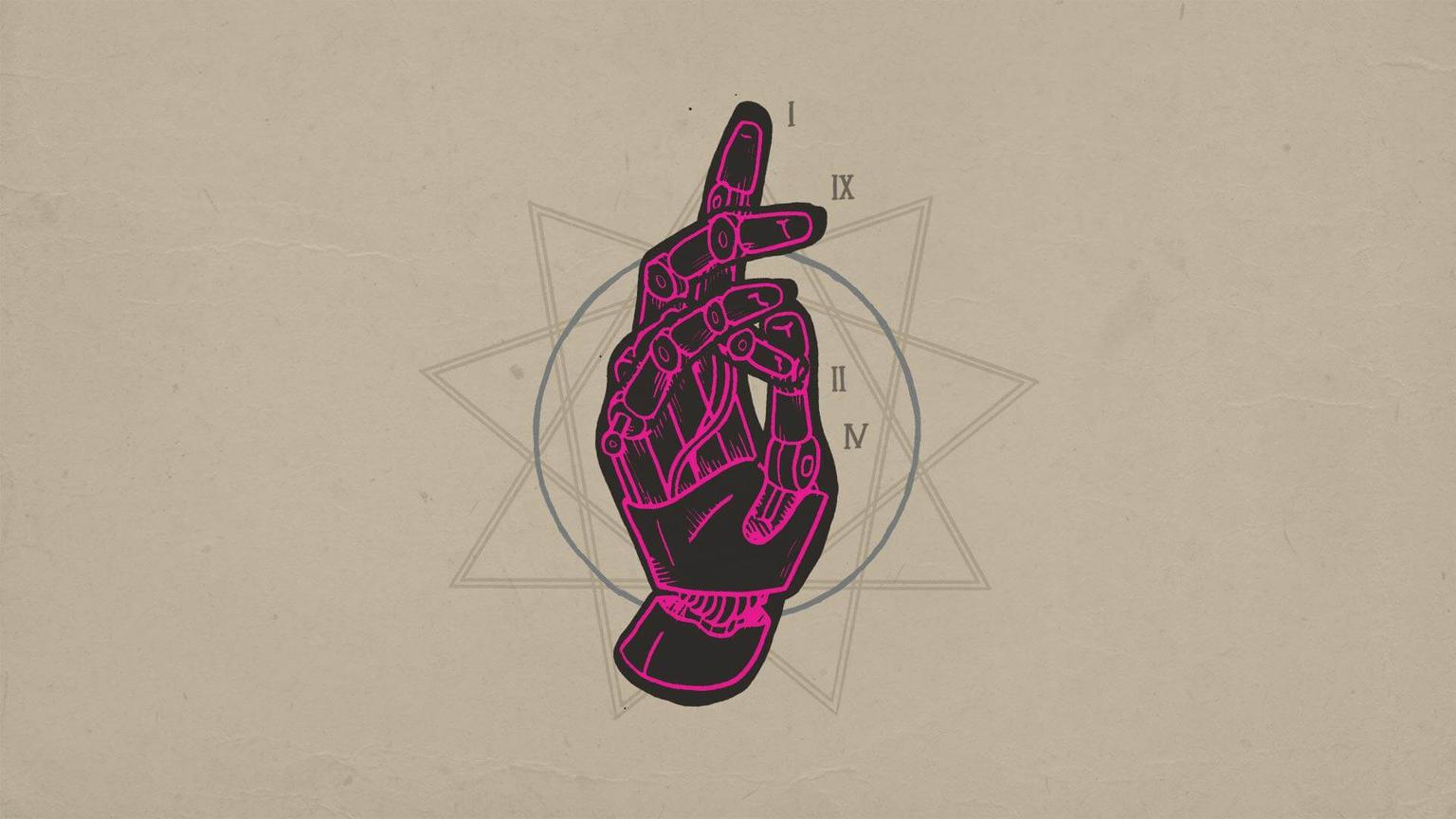
Technology

Devin Liddell | Principal Futurist

Devin Liddell
Devin designs preferred futures in aviation, automotive, smart cities, personal mobility, space travel, and more.
Connect with Devin on LinkedIn
Mobility is at the center of an exciting Venn diagram. The work of designing the present and near future of how we get around—on the ground, in the air, and even in outer space—now exists at the nexus of everything from smart cities and artificial intelligence to robotics, 5G connectivity, and big data.
It’s not a coincidence that carmakers like Ford and GM are remaking themselves as mobility providers at the same time that technology companies like Google, Intel, and IBM are busy working on autonomous vehicles and even urban planning. The future of mobility is being prototyped across all sorts of industries. So, what can we expect from these extraordinary interrelationships? And what big to-dos will follow from those developments?
Here are seven breakthroughs–from AI-powered airports and grocery-delivering robots to traffic drones–that will become mainstream realities sooner than you think.
Trend No. 1
Ride-hailing is projected to keep getting bigger year-over-year. But our streets were not designed for these services, something that’s becoming more evident as we watch those vehicles block lanes of traffic while on- or offloading passengers. This won’t be sustainable; our downtown cores won’t work if every block becomes a miniature version of an airport’s arrivals and departures lanes. The year 2019 will be the year in which both ride-hailing operators and city transportation managers start seriously rethinking the curb.
What will this look like? The likes of Uber and Lyft will ramp up their collaborations with public transit agencies to help solve for last-mile problems, connecting transportation hubs with passengers’ specific destinations. In doing so, watch for ride-hailing apps to actively position passengers toward pickup and drop-off zones that are friendlier to transit and traffic in general. These increasingly collaborative partnerships will also foster the earliest prototyping of next-generation curbs that see all kinds of vehicles as nodes on a network.
The implications of these developments will be straightforward for city residents, who will notice their favorite ride-hailing apps nudging them toward light rail and subway stations and their local public transit providers offering more door-to-door services through a mixture of buses, vans, cars, bikes, and scooters.
Trend NO. 2
Yes, it’s ironic that artificial intelligence will help combat the sense of alienation and dehumanization that’s so pervasive within the current airport experience (see: intrusive security screening, luggage-fee traps, broken boarding processes, and more). But that’s exactly what artificial intelligence will do, especially in our busiest airports. Already, these hubs are being outfitted with more and more sensors, with Delta now operating the first biometric terminal at Hartsfield-Jackson Atlanta International Airport.
The next step is for airports and airlines to use artificial intelligence to stitch together data from all those sensors and clearly establish that you are who you say you are. That trusted source of identity will help solve for the inefficiencies and inhumanities of existing airport processes. This work won’t just be nice-to-have; it’ll be critical to the future competitiveness of air travel. Airports will need to be line-free environments that anticipate the movements and motivations of travelers from garage to gate. In 2019, we’ll start seeing the first steps of artificial intelligence making sense of more data to create service superpowers for staff, and hyper-personalized travel experiences for flyers.
For passengers, this will mean smoother transitions through increasingly paperless security checkpoints, in-terminal dining experiences that keep you abreast of what’s happening at the gate (without having to be there), and conversations with gate agents and flight attendants who are far more informed about where you’re headed, where you’ve been, who you’re with, and even your go-to drink.

TREND NO. 3
Drones will be a major player in the city of the future. These rotored, winged, wheeled, and submersible robots will do everything from clean our sidewalks and gutters to lifeguard our beaches. The benefits are obvious: Drones can be deployed precisely when and where they’re needed, and they don’t require significant infrastructure. At the same time, they will need to be incorporated into public life in an ethical way.
In 2019, watch for the era of civic drones to get underway. The Ohio Department of Transportation has already announced a pilot program in collaboration with Ohio State University to deploy drones to monitor congestion and road conditions along a 35-mile stretch of highway. While this is a small step, it’s likely the beginning of the end for traffic-monitoring helicopters, which are expensive to operate, and potentially even traffic cameras, which have a very limited line of sight. The data shared from traffic-monitoring drones could eventually put navigation apps like Waze on steroids.
For citizens, civic drones will usher in a whole new era of city services. This era will start with the unique vantage point of traffic-monitoring drones, helping us avoid traffic before we become traffic. Eventually, it will include a menagerie of on-the-job robots sprinkled throughout our communities.
TREND NO. 4
Scooters are everywhere in cities, and there are many good reasons why they’re there. For one, scooters–along with bicycles–offer inexpensive, last-mile transportation, which is why tech companies, ride-hailing operators, and carmakers have been busy investing in and acquiring scooter-sharing startups. By addressing the underserved last-mile market, scooters also challenge the need of cars for short-haul trips, which could help ease street congestion. But there are problems. Some cities are so worried about the safety of riders and pedestrians, they’ve banned scooters. And since scooters are relatively new to cities, there are all sorts of unanswered questions about how to use them. A scooter rider is supposed to use a bike lane, but what if there isn’t a bike lane? Riders should use helmets, too, but they’re not provided.
Watch for some high-profile marketing campaigns, involving local celebrity endorsers who can influence the public on the coolness of riding around on what was previously considered a toy.
In 2019 watch for cities and scooter operators to work toward solving tricky policy, use-case, and public perception issues. What’s the etiquette for riders sharing sidewalks with pedestrians and roads with vehicles? Will a 200-pound man in a business suit feel comfortable in his skin zipping around on a two-wheeler? Watch for some high-profile marketing campaigns, likely involving local celebrity endorsers who can influence the public on both the usefulness and coolness of riding around on what was previously considered a toy.
For urbanites, scooters have a lot to offer–including reduced traffic and cheap (and fun!) short trips. But we’ll need to definitively sort out how to safely use them in socially acceptable ways or we’ll risk losing out on a promising service.
Trend NO. 5
Delivery robots are here. Starship Technologies announced the launch of the world’s first fully autonomous robotic delivery service late last year, and is currently serving the town of Milton Keynes in the U.K. That was quickly followed by Nuro, another robotics startup in the last-mile delivery space, debuting their fully autonomous grocery delivery service with Kroger, which is limited for now to orders from a single store in Scottsdale, Arizona. While these launches are restricted in their scope at the moment, they’re a valuable preview of our autonomous futures.
Delivery robots’ greatest contribution in 2019 is likely more transformative than eliminating an errand. Instead, these driverless pods and rovers will help condition consumers to trust autonomous vehicles. That’s an important job, because consumers are deeply skeptical of autonomous vehicles, with roughly three quarters of Americans reporting that they don’t trust the technology. In 2019, watch for firsthand experiences with autonomous delivery vehicles–featuring, hopefully, uncracked eggs and undamaged electronics–to help reverse this trend. It might even be the year of the #robotcarselfie.
Exposing consumers to low-risk autonomous technologies will be an important step toward helping them embrace robot cars. Today, groceries. Tomorrow, our kids.

TREND NO. 6
Many consumers have smart speakers from Amazon, Apple, Google, and others in their home. And yet, they must maneuver the contemporary airport gate, where the centerpiece technology–the public address system–is more than 100 years old. Meanwhile, many carmakers are developing their own brand-specific virtual assistants. So you might talk to one virtual assistant at home and another at work and still another one in the car. This is a lost opportunity. We should be able to connect our smart homes with smart mobility, especially as we prepare for an autonomous future in which where we work, entertain ourselves, and even sleep becomes blurry. In 2019, watch for the powers that be behind Alexa, Siri, Google Assistant, and Cortana to make earnest efforts to connect people in the home and people on the move through a more unified virtual assistant experience.
The benefit to consumers is clear: Imagine a single virtual assistant helping you lock up the house on the way out the door, managing the in-car navigation to the airport, guiding you through the airport pre-flight, and then ushering you to your ride-share after the flight. One well-connected assistant for one well-traveled life.
TREND NO. 7
There have been extraordinary advances across all sorts of modalities, but the promise of easy and efficient intermodality remains elusive. Multi-modality–in which people use different ways of getting around-is one thing; intermodality–in which those modalities are deliberately connected together in sequence so that, for example, your bus trip delivers you to a waiting scooter–is something else entirely.
That said, the “seamless” travel so often touted to describe intermodality is a design fantasy–and always will be, with the exception of cryosleep from our favorite science fiction films, something NASA is currently developing for its astronauts. (That technology is based on the medical practice of “therapeutic hypothermia.” Sounds fun!) Instead of seamlessness, we need better seams, the in-between moments that exist in the gaps between one modality and another. However, delivering better seams will increasingly require transportation service providers to make sense of big data while co-making experiences with other service providers. Think: Starbucks shuttles providing personalized TSA screening en route to the airport, or Delta prompting you in-flight toward an arranged Lyft pool with other passengers headed in the same direction. Those scenarios may be a few years away, but in the near term, we’ll need to address the everyday challenges of in-city intermodality.
Moving forward, consumers should keep an eye out for one app that enables integrated reservations, dispatches, and payments across all modalities (e.g., using the Lyft app to book and pay for a bus trip and then a rideshare, or a city transit app to reserve and pay for a light rail trip and then a bike share). At the very least, we can expect some well-designed and data-driven user-experience handshakes between transportation partners.
This article was originally published in Fast Company magazine.